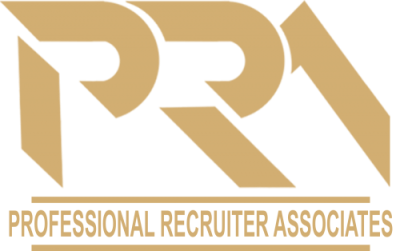Talent Management
 performance-prediction-talent-management
performance-prediction-talent-management
How to Go About Predicting Performance in Talent Management
There are problems in using “predictors” of suitability for open positions within a company. Hunter and Hunter (1984) showed that interviewing is one of the worst predictors of future job performance. Using reference checks (.26), education (.22) or biographical data (.37) did not improve the odds too favorably. In fact, even the best predictor, test scores, came out at .57. We could make the argument that in order to be able to best predict future job performance of a candidate, several methods should be used. Hunter, J.E. and Hunter, R.F. 1984. “Validity and utility of alternative predictors of job performance”. Psychological Bulletin. 96:72-98
Others studies showed that structured interviews having a maximum validity coefficient of .24, which is certainly better. One of the most-embraced contemporary personality assessments, the Big 5, was found in Mount and Barrick’s 1995 study to have a coefficient of .18 for Conscientiousness. That is acceptable but not all that good.
In the USA, we can be worried about the legality of personality assessments in employment decisions. “Griggs v. Duke Power” found that personality assessments must show “a manifest relationship to the employment in question” and that it is up to the employer to show the relationship. In employing a several methods, you should conduct a job analysis to establish job relevance (as required by the Griggs decision, and by other legal precedents). The appropriate job analysis should offer guidance to the right selection methods (such as test, interview, resume screen) as well as testing constructs (such as cognitive ability, conscientiousness, job knowledge).

Professional Recruiter Associates